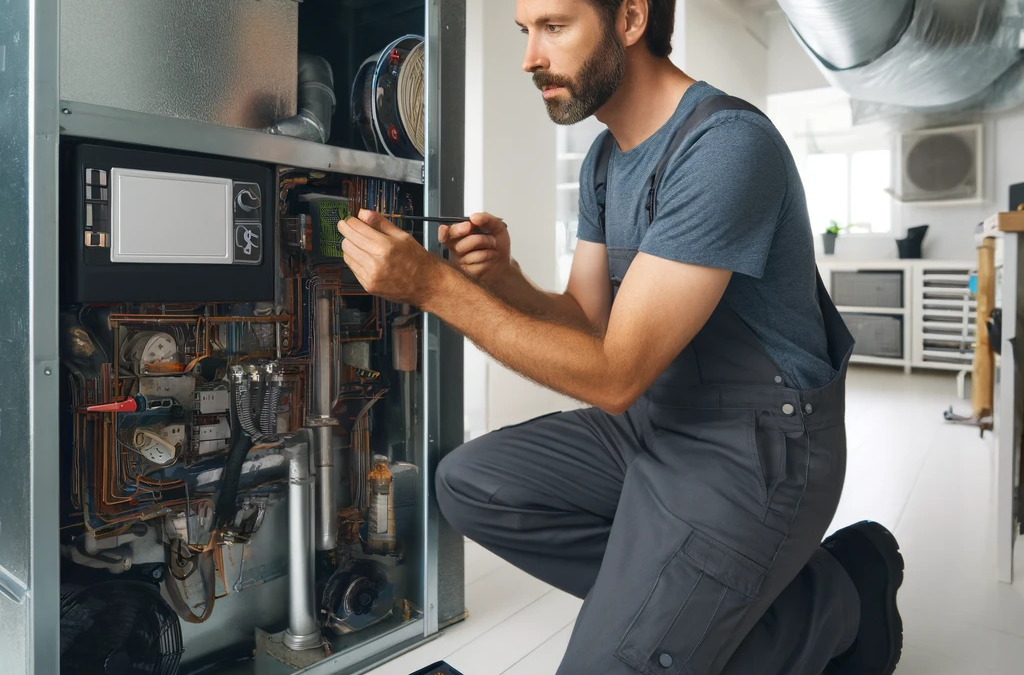Introduction
HVAC stands for Heating, Ventilation, and Air Conditioning. These systems are pivotal in maintaining comfortable and healthy indoor environments in homes and buildings regardless of the weather outside. This guide explores the various types, components, and maintenance strategies essential for an HVAC system.
Types of HVAC Systems
The most common types of HVAC systems include:
- Split Systems: They are prevalent in residential areas, comprising separate indoor and outdoor units.
- Ductless Mini-Splits: Ideal for spaces without existing ductwork, these systems feature an outdoor condenser and one or more indoor air handlers.
- Heat Pumps: These offer both heating and cooling by transferring heat rather than generating it through combustion.
- Packaged Systems: Common in commercial settings, all components are housed together, typically placed outside or on rooftops.
Each type of system has its specific applications and benefits, depending on the layout of the building and the climate.
How HVAC Systems Work
- Heating: Accomplished through furnaces or heat pumps that generate warmth distributed via ductwork or directly into the space.
- Cooling: Works by removing indoor heat and releasing it outside, typically through an evaporative process involving a refrigerant.
- Ventilation: Ensures the exchange of indoor and outdoor air to dilute indoor pollutants and manage moisture levels.
HVAC systems operate by circulating air through a series of processes that heat, cool, and filter it to maintain desired indoor temperatures and air quality:
The core components that facilitate these functions include the thermostat, air handler, ductwork, and filtration units.
Maintaining Your HVAC System
Regular maintenance is crucial for the efficiency and longevity of an HVAC system. Key maintenance tasks include:
- Regular Filter Changes: To prevent airflow blockages and maintain air quality.
- Seasonal Inspections and Tune-ups: To ensure all components are functioning correctly and efficiently.
- Duct Cleaning and Inspection: To enhance airflow and efficiency.
Professionals should perform some maintenance aspects, but homeowners can undertake basic tasks such as filter replacement and system cleanings.
Enhancing Energy Efficiency
Energy efficiency in HVAC systems is achieved through high-efficiency models and supplemental measures like proper insulation and using programmable or smart thermostats. Systems with high SEER (Seasonal Energy Efficiency Ratio) and AFUE (Annual Fuel Utilization Efficiency) ratings are more energy-efficient and cost-effective over their lifespan.
Conclusion
Understanding HVAC systems is crucial for selecting, using, and maintaining them effectively. By familiarizing yourself with the different types, how they operate, and the best practices for maintenance, you can ensure optimal performance and extend the lifespan of your system. Always consult with a professional for personalized advice and solutions tailored to your specific needs and circumstances.
This guide provides foundational knowledge, helping you make informed decisions about HVAC systems to maintain or enhance your indoor comfort and air quality.
For detailed information and further reading, visit websites such as HVAC.com, Pasterkamp, and HealthNord.
